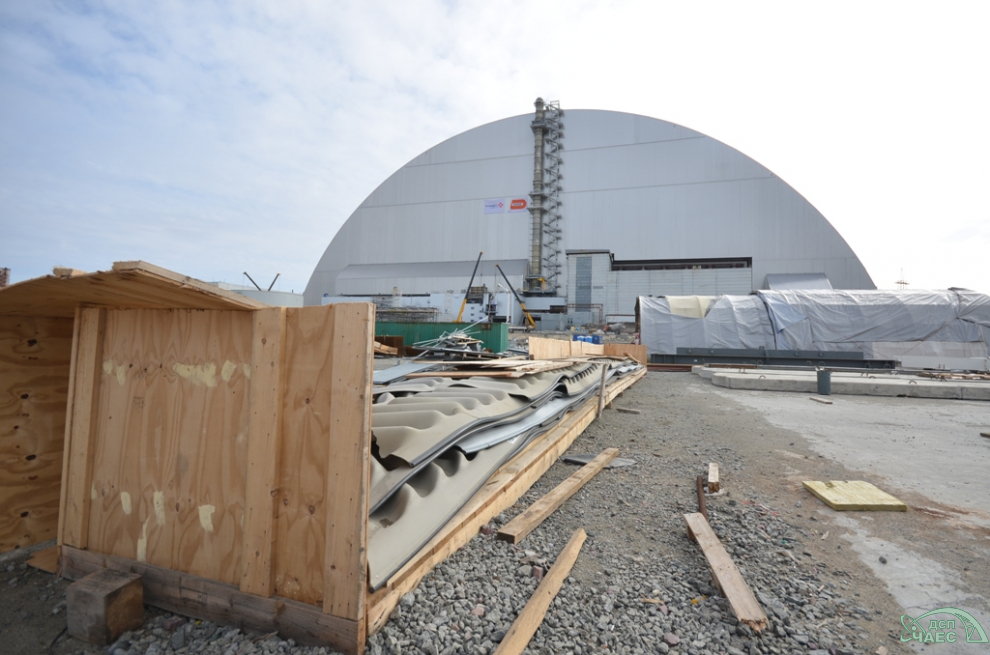National Clean Energy Week and Nuclear Energy
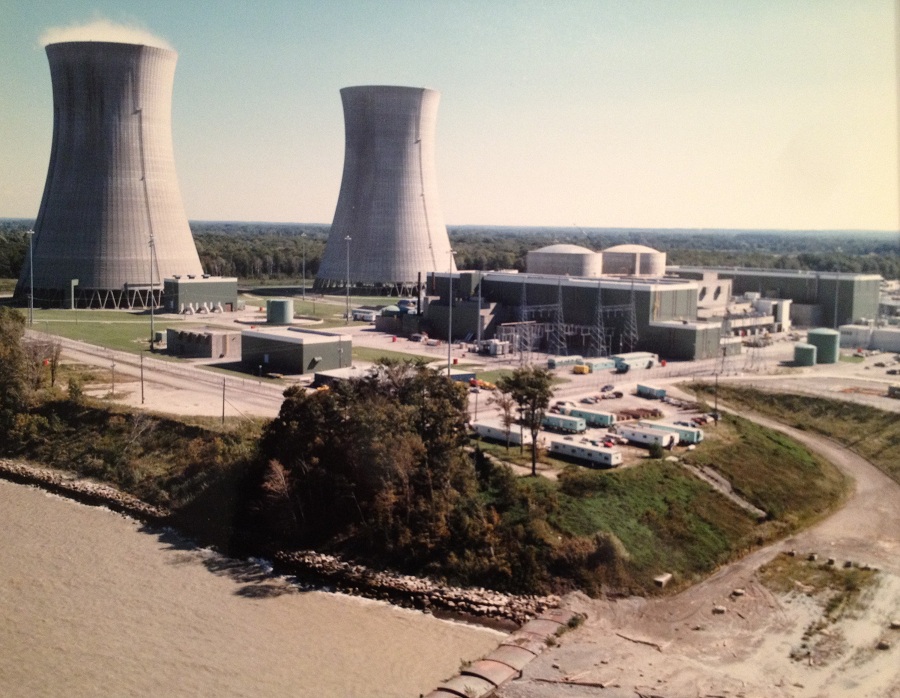
Perry Nuclear Plant in Ohio. Nuclear plants create no emissions of their own; the cooling towers emit only water vapor. Press photo in Will Davis collection.
One of the things that's important to consider this week - National Clean Energy Week - is whether or not energy sources we depend upon are actually clean. While we think of solar and wind energy as being pretty clean, we are also reminded that they are not reliable, and they do experience periods of time when they just don't work. What we use to fill in that power gap is from sources we can control, independent of weather or time of day. These are sources we call "dispatchable" generating sources, because we can dispatch them and expect they'll answer the call to provide power.




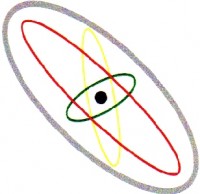
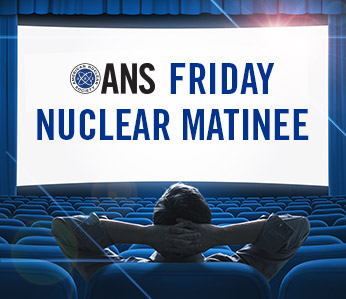
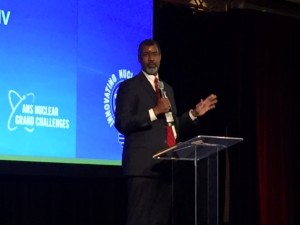
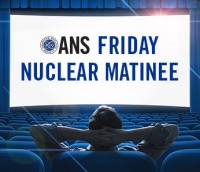
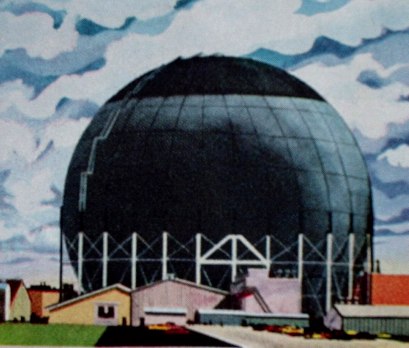
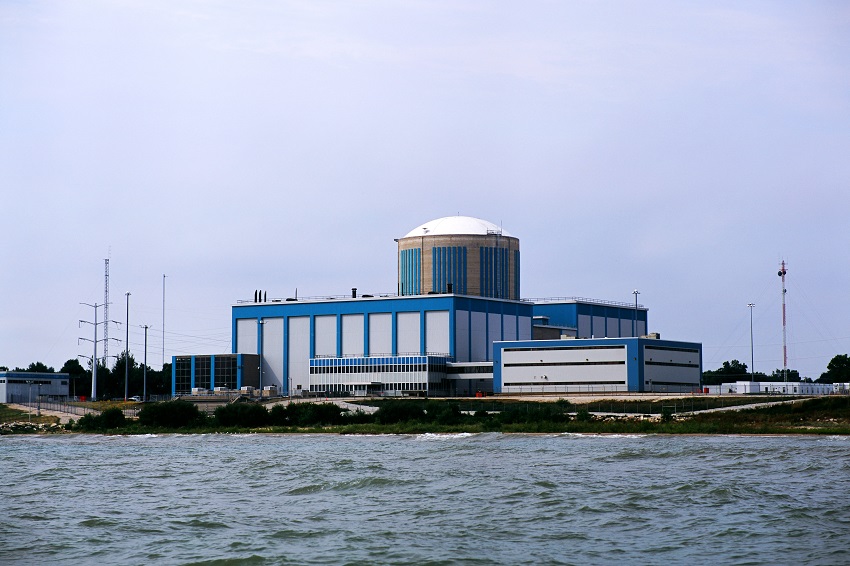
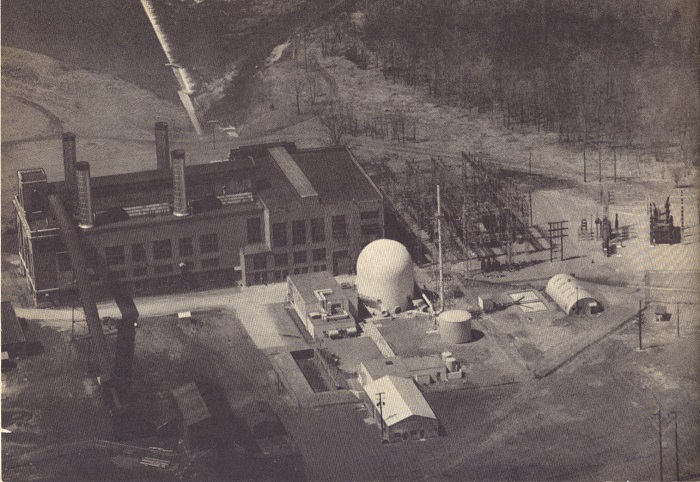 There's talk in some circles these days about selecting fossil-fueled power plants and adding nuclear reactors to them in order to "repower" them without emissions. One early example, the Saxton Experimental Reactor, is seen above in a photo from my collection*. There are some important things to think about before this is tried on a plant; here are five things to consider:
There's talk in some circles these days about selecting fossil-fueled power plants and adding nuclear reactors to them in order to "repower" them without emissions. One early example, the Saxton Experimental Reactor, is seen above in a photo from my collection*. There are some important things to think about before this is tried on a plant; here are five things to consider: